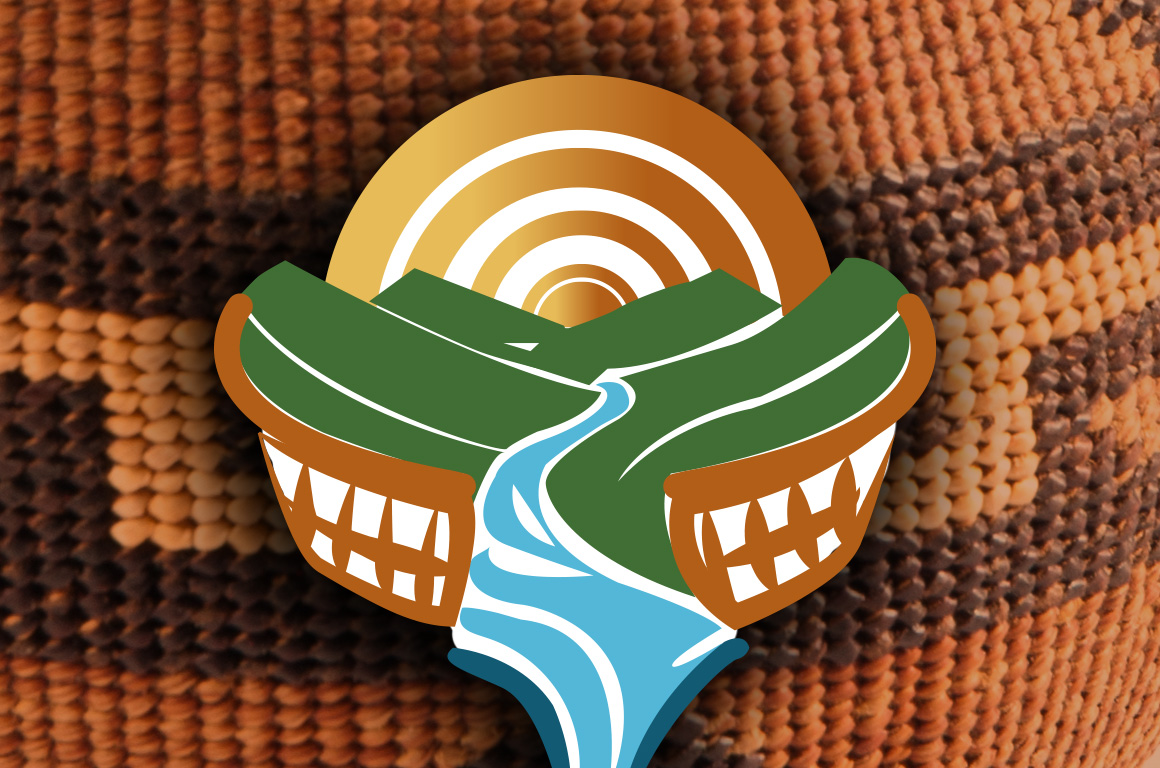Overview
KAI supports the California Department of Health Care Services’ (DHCS) SOR III grant program, which is funded by the Substance Abuse and Mental Health Services Administration to improve statewide access to medication-assisted treatment (MAT) and substance use disorder services. This federal funding is made available through the “State Opioid Response Grant Authorization Act of 2021”, currently in its third round of grant funding. The goal of the CA SOR III grant is to continue to scale up the prevention, treatment, and recovery service activities originally launched as the “California MAT Expansion Project” and funded by a federal opioid state-targeted-response grant. DHCS uses a portion of the SOR III grant to implement the MAT Access Points Project.
Challenges
Native MAT Network
Fentanyl and other opioids are fueling the worst drug crisis in the history of the United States. California tribal and urban Indian communities are hit especially hard. Untreated opioid addiction not only strains family relationships, but it also strains the limited resources of tribal health care. The ongoing funding provided by DHCS to develop Native-centric MAT treatment services is a vital addition to California tribal and urban Indian health care services and greatly increases access to care.
Tribal Urban Indian Community Defined Best Practice
For American Indian and Alaska Native (AI/AN) people, culture is the bridge to health. Culture is also the key to engaging California tribal and urban Indian community members in substance use treatment and recovery services. This new cycle of funding provided by DHCS supports exploration of how to incorporate cultural healing practices into MAT services.
Substance use varies greatly across Indigenous communities. Although AI/AN people report some of the highest rates of abstinence compared to other racial/ethnic groups, SUD remains a significant concern in Native communities. Ongoing structural inequities and historical trauma and oppression are exacerbated within Indian Country by a national illicit drug supply containing highly potent and often deadly synthetic opioids (e.g., fentanyl) and contamination by other substances (e.g., xylazine). As a result, Native adults experience some of the highest rates of overdose. Early identification of and intervention for substance misuse is urgently needed if we are to provide intervention and treatment to derail addiction and opioid and stimulant use disorder.
Solution
Using a public-health approach, KAI is building on our current relationship with DHCS to improve tribal access to MAT for opioid use disorder, reduce treatment need, and reduce overdose-related deaths. We will accomplish this through our training and technical assistance (TTA) support to tribal and urban Indian health programs and by expanding Native access to services throughout California.
Results
KAI currently leads the CA Native MAT Network (NMAT Network) and the CA TMAT Tribal and Urban Indian Community Defined Best Practices (TUICDBP) efforts across the state. Through this work, KAI will provide statewide TTA and leadership for NMAT Network and TUICDBP grantees, which includes facilitating peer-to-peer learning, delivering provider and clinician training, and defining culturally appropriate best practices in prevention, treatment and recovery services for Native people struggling with SUD.
